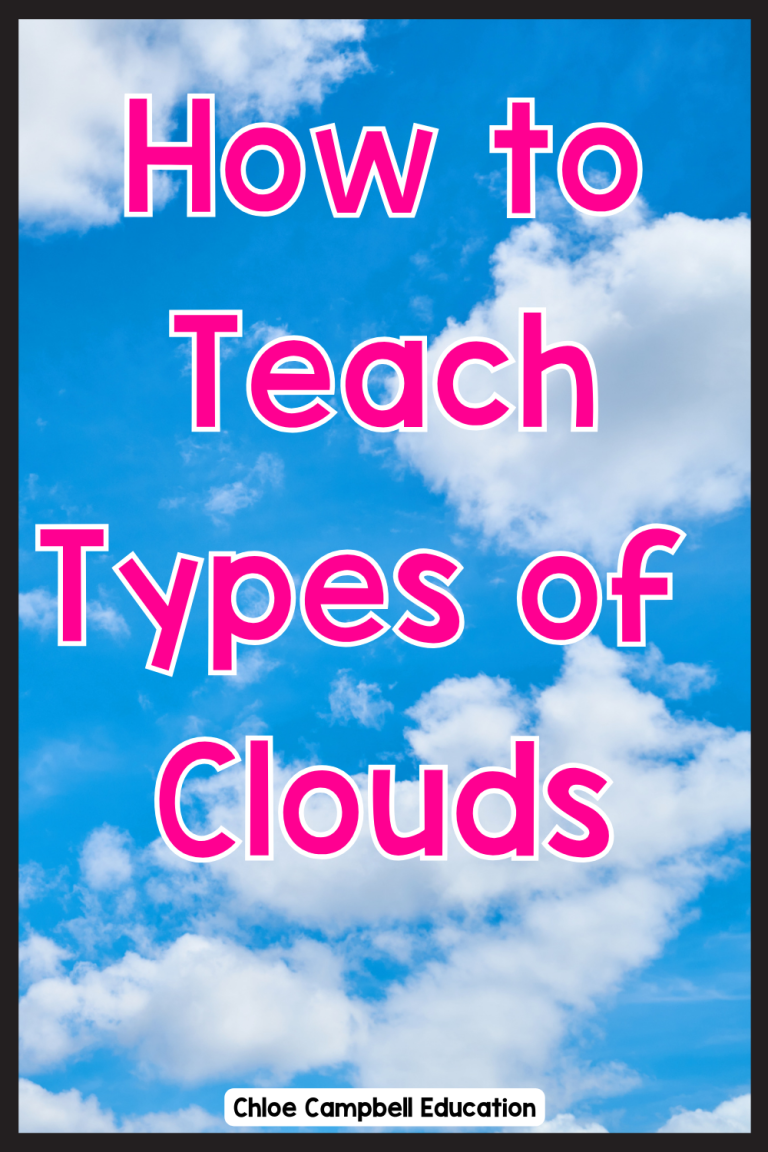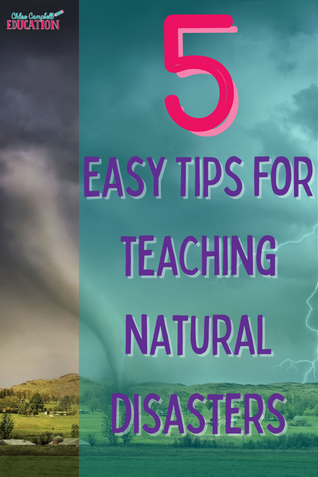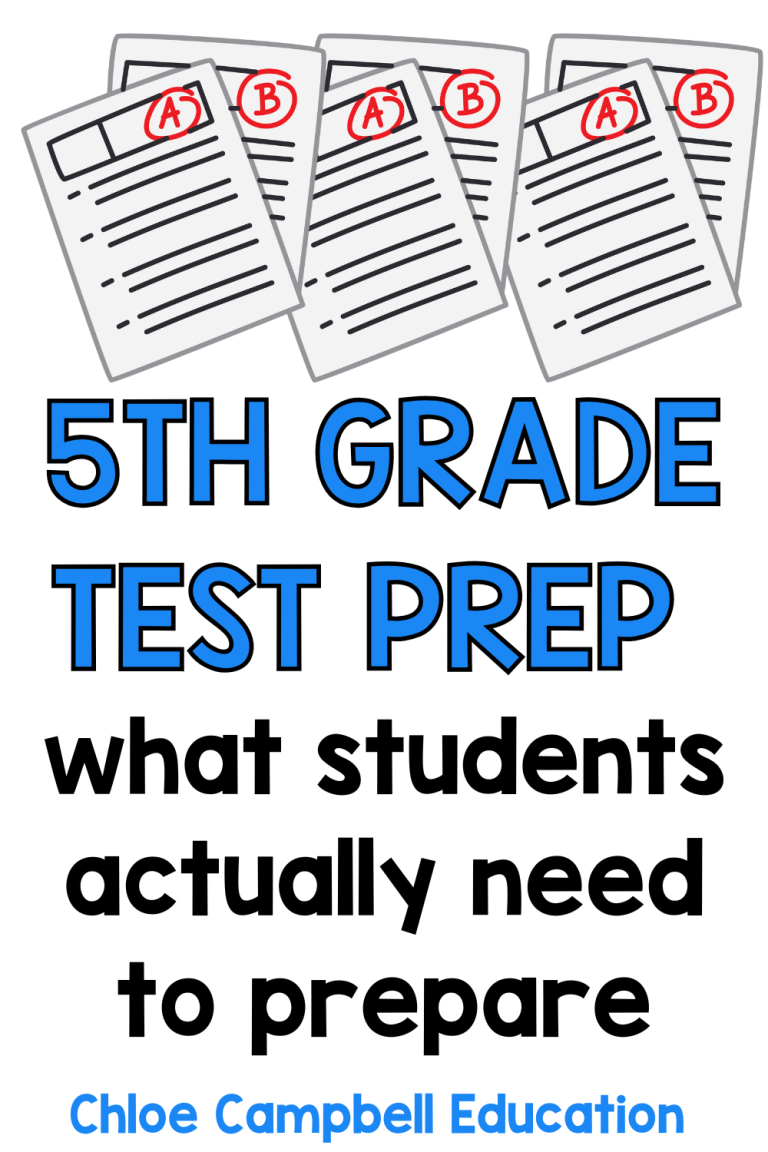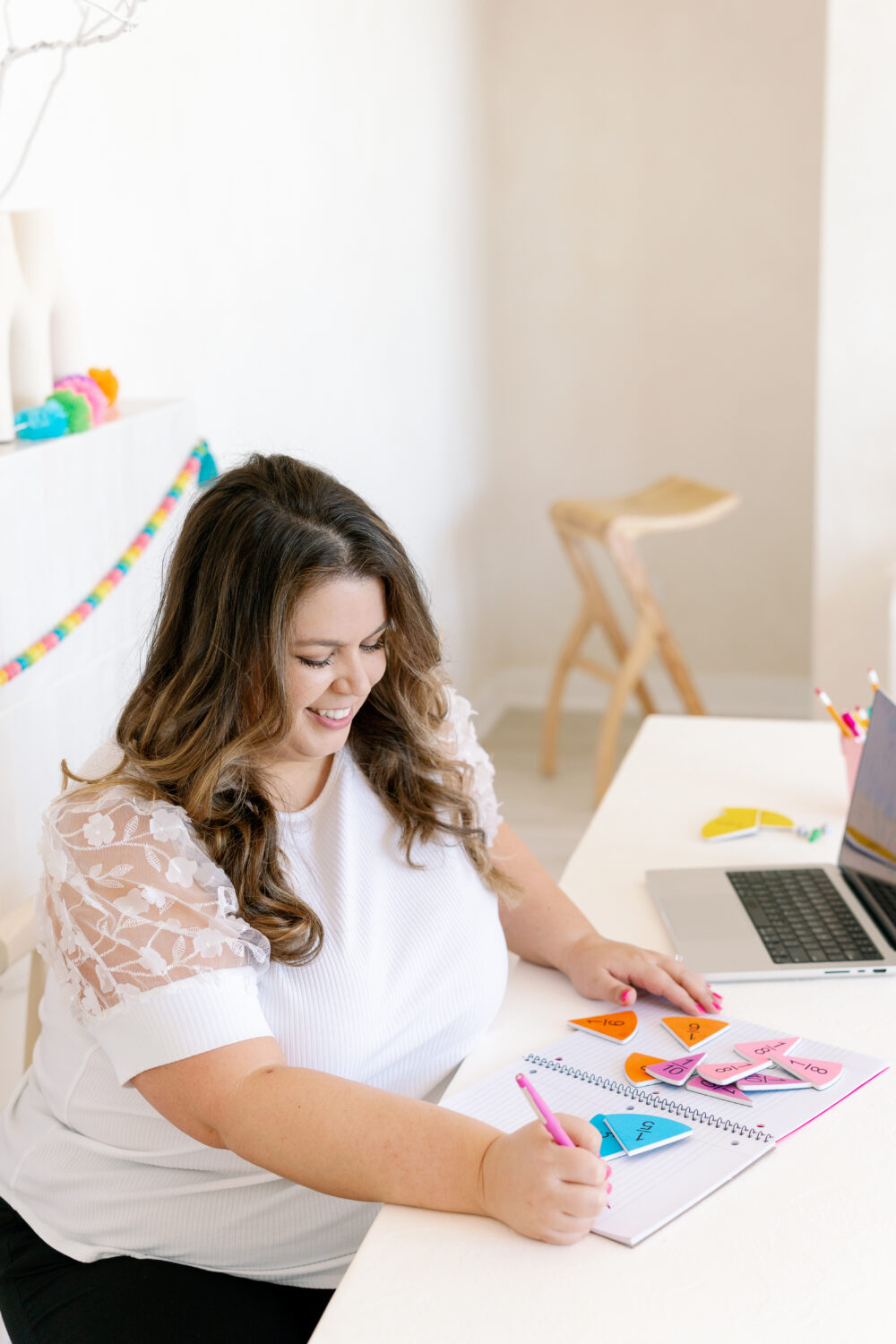15 Summative Assessment Examples for Elementary Students
In this blog post, I’m giving you 15 easy-to-implement summative assessment examples for your elementary classroom.
Every teacher knows the end-of-the-unit drill: TESTS. And just like that, the groans echo around the room. Let’s face it, traditional final exams aren’t always the most engaging or accurate way to measure student learning or track student progress. That’s where our superhero, Summative Assessment Ideas, comes in, swooping down to save us all from the monotonous and often dreaded routine of standard tests!

What are Summative Assessments?
There are two major types of assessment we’ll focus on: formative and summative.
Summative assessments are like those candid shots photographers love to capture – they give us a genuine glimpse into what our students have learned throughout a unit or term. They’re a great way to evaluate how well students have absorbed the subject matter by offering different types of summative assessment, like projects or practical tests, instead of relying solely on formal, posed (and often stressed) portraits of standardized tests.
In essence, summative assessments are a type of evaluation used to measure a student’s understanding, knowledge, or skills at the end of a unit, term, or academic year. This form of assessment helps determine a student’s final grade and provides insight into their academic achievement.
These assessments not only allow us to review and grade student performance, but they also help us refine and adjust our teaching methods. Summative assessments ensure that learning is taking place and that it’s effective and impactful.
Gone are the days when assessments were merely limited to high stakes, final exams, or quizzes. With creativity and innovation, we can make the learning process exciting and comprehensive. Here are 15 creative summative assessment examples that you can implement in your elementary classroom.

15 Summative Assessment Examples and Ideas for Elementary Students
1. Create a Trailer or Video
Students will create an original video or movie trailer explaining the topic. This alternative assessment idea is a fun summative assessment that showcases their cognitive skills.

2. Create an Anchor Chart or Poster Board
Students will create an anchor chart or poster that integrates graphics and text to teach the topic. It’s a great way to gauge students’ proficiency in a specific area.
3. Create a Comic Strip
Students will create a 10-frame comic strip focusing on teaching the topic. This form of performance-based assessment lets students demonstrate their understanding creatively.
4. Create a Podcast
Students can create a radio-style podcast report that highlights details about your topic. This is an authentic assessment method, building communication skills.
5. Build a Model or Diorama
Students can create a model or diorama to show what they’ve learned about the topic. This encourages project-based learning and taps into students’ critical thinking.
6. Write a Song, Skit, Poem, or Play
Students will write (and perform, if they want!) a song, poem, skit, or play that teaches the topic at hand, allowing for creative expression and student success.

7. Create your Own Board Game
Design your own board game or use one of these templates to help you. Students create question cards to show what they’ve learned. This is a practical problem-solving project that works well in small groups.
Bonus tip: Give students time in class to play their created games with other students!

8. Create an Art Collage
Students can create a collage using a variety of images and words to visually show what they’ve learned about the topic. This is an engaging way to see how students interpret the learning objectives.

9. Become a News Reporter
Students can write, record, or present a news report about the topic, helping them practice their communication skills while demonstrating their understanding.
10. Create Your Own Kahoot! Or Jeopardy Game
Allow students to create a game online and play it with classmates. This activity not only helps review key content but also involves edtech tools for a more modern approach to learning. My students have loved Kahoot! and JeopardyLabs.
Want other engaging ideas? Grab the Math Engagement Cheat Sheet!👇
11. Make a Google Slides or PowerPoint Show
Students create a presentation that includes text and images to teach key points about the topic. It’s a comprehensive summative assessment showing their ability to synthesize information.
12. Write Your Own Test Questions & Answer Key
Instead of taking a test, students write their own test questions. This helps them reflect on what’s important and showcases their deep understanding of the specific criteria.
13. Write an Essay
Some students will excel with this traditional type of assessment. They write a 4- or 5-paragraph essay about the topic, a great example of a research paper and critical thinking.
14. Design an Advertisement
Students can create a radio ad, magazine ad, or a TV commercial to share key points about the topic, a fun way to gauge skill acquisition in a creative format.
15. Create a Google Site
Students create a website that teaches the topic in a creative way. It’s a modern capstone project that integrates tech skills while reflecting their knowledge.
Yes, these projects can often be more time-consuming to grade. Yes, it often takes up valuable class time. But I have discovered that it is worth it every.single.time.

BONUS TIP! Create a rubric so you and your students will know exactly how to get a good grade and show what they’ve learned. It may help to also create a checklist for students to know exactly what topics they need to cover in their project to show that they’ve accomplished the task. Also, consider creating a checklist to cover the specific criteria.
I’ve had several students like this throughout my career, but let’s name this one Carlos. Carlos was disengaged during traditional unit tests and high-stakes exams. He always knew he wasn’t a great performer on tests, so why try? I turned a traditional paper-pencil test into a project-based assessment, and Carlos blossomed! His creativity showed as he designed an eco-friendly city model for a social studies project. He detailed the reasoning behind every element and showed deep understanding far better than any multiple-choice test could. This demonstrated to me the effectiveness of summative assessments when they are done creatively.
Let’s treat summative assessments like a blank canvas and let our students paint a comprehensive picture of their knowledge and understanding. It’s our job to step away from the “same old, same old” and explore how we can best engage our young learners using different types of summative assessment. Sure, it might be new, and it might be a bit daunting, but remember the transformation of your students when they are given the opportunity to shine. So let’s dive in, get creative, and allow our students to surprise us with what they can truly achieve. After all, we’re all here to discover and nurture their potential, one engaging assessment at a time!
Read about 15 Formative Assessment Ideas and best practices for ongoing feedback in the Elementary classroom HERE!
👇SAVE THESE SUMMATIVE ASSESSMENT EXAMPLES ON PINTEREST 👇







